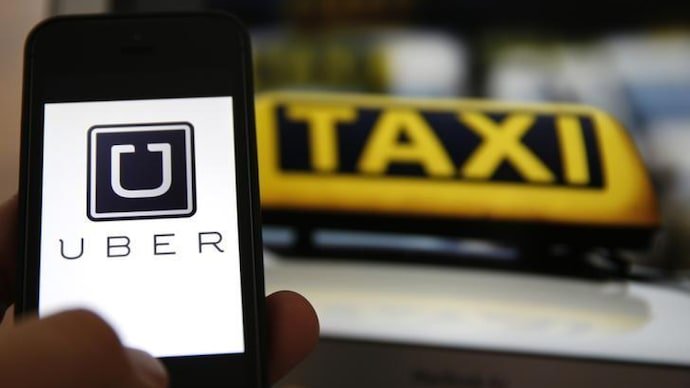Ride-hailing apps like Uber and Ola often experience surge pricing, leading to significantly higher fares for passengers.
Price surges can result in fares that are 3 to 4 times higher than the regular rates, especially during peak hours or when there is increased demand for drivers in an area.
A recent incident in Bangalore highlighted the shock of a passenger who found the Uber fare comparable to the cost of his flight ticket for a ride across the city.
Surge pricing is not uncommon and has been observed in various cities, such as a man paying Rs 3,000 for a 45 km Uber ride from Delhi Airport to Noida.
Surge pricing occurs when demand outstrips the supply of available drivers, leading to increased fares to balance the market.
To avoid surge pricing, it is recommended to book rides outside of peak times when demand is lower and prices are more reasonable.
Moving a short distance away from crowded areas, such as office entry gates or popular gathering points, can increase the chances of getting a cab without surge pricing.
Comparing prices across multiple ride-hailing apps, including alternatives like Ola, InDriver, and Rapido, can help find lower fares or available drivers during peak hours.
When possible, scheduling rides in advance can fix the fare ahead of time, eliminating the need to wait for a cab during high-demand periods.
Opting for shared rides or carpooling options provided by Uber and Ola can save money, albeit with slightly longer travel times, particularly during peak pricing periods.






